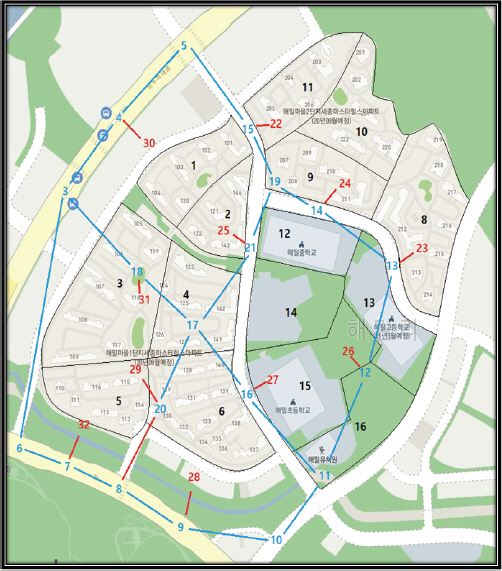1. Bowen, P.T, Harp, J.F, Baxter, J.W, and Shull, R.D (1993). Residential water use patterns. Denver, CO, USA: American Water Works Association Research Foundation.
2. Choi, C.H, Choi, D.G, Lee, J.K, and Kim, S (2011) An hybrid approach for designing detention and infiltration-based retentions to promote sound urban hydrologic cycle.
Journal of Korean Society of Environmental Engineers, Vol. 33, No. 1, pp. 1-8.


3. Cunge, J.A, Holly, F.M, and Verwey, A (1980). Practical aspects of computational river hydraulics. London, UK: Pitman.
4. French, R.H (1985). Open-channel hydraulics. New York, NY, USA: McGraw-Hill.
5. Guo, J.C.Y, and Urbonas, R.B (1996) Maximized detention volume determined by runoff capture ratio.
Journal of Water Resources Planning and Management, Vol. 122, No. 1, pp. 33-39.

6. Heinrich, M (2007). Water end use and efficiency project (WEEP) - Final report. BRANZ Study Report 159, BRANZ, Judgeford, New Zealand.
7. Henderson, F.M (1966). Open channel flow. New York, NY, USA: MacMillan Publishing.
8. Kim, E.S, Yeon, J.S, Shin, H.S, Lee, J.S, and Choi, H.I (2014) Study on stormwater runoff reduction effects by LID application areas.
J. Korean Soc. Hazard Mitig, Vol. 14, No. 2, pp. 309-316 doi:10.9798/ KOSHAM.2014.14.2.309.

9. Lee, J, Lee, Y, Choi, J, and Kang, S (2015) A study on the application and effect analysis monitoring of LID technique in new town city (I) LID technique selection and optimum size estimate.
J. Korean Soc. Hazard Mitig, Vol. 15, No. 5, pp. 291-299.

10. Ministriy of Environment (ME) (2019) Statistics of waterworks.
11. Yeon, J.S, Jang, Y.S, Lee, J.H, Shin, H.S, and Kim, E.S (2014) Analysis of stormwater runoff characteristics for spatial distribution of LID element techniques using SWMM.
Journal of the Korea Academia- Industrial cooperation Society, Vol. 15, No. 6, pp. 3983-3989.

















